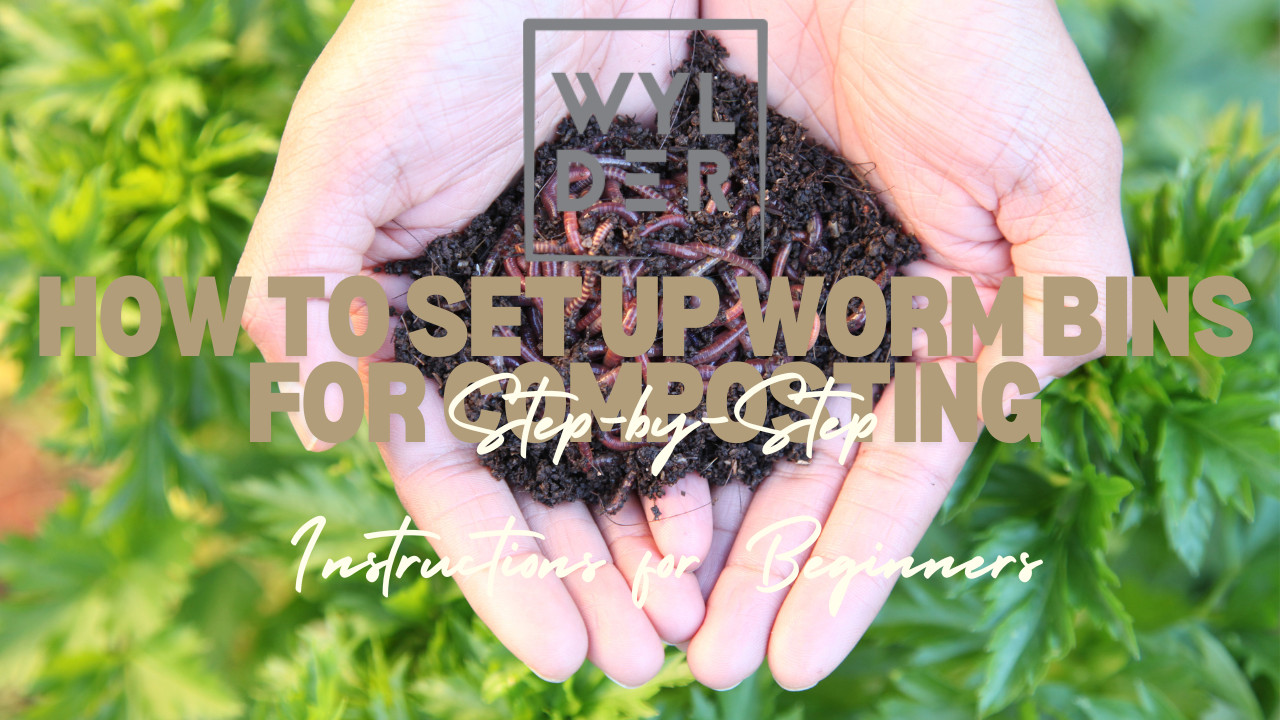
Imagine stepping into a garden so lush, so vibrant, that it feels like Mother Nature herself is applauding your efforts. That's the magic you get with worm castings!
These tiny powerhouses of organic goodness are nature's gift to gardeners, transforming soil into a nutrient-rich haven for your plants. With worm castings, you can unlock the full potential of your garden, boosting plant growth, improving soil health, and enhancing water retention.
The result? A thriving garden that bursts with colour, vitality, and life. If you're ready to elevate your gardening game to legendary levels, it's time to embrace the power of worm castings.
Understanding Vermiculture and Vermicomposting
Vermiculture is simply the art of using worms to help break down organic waste. It's like having your very own team of tiny gardeners working 24/7 to make your soil healthier!
These little critters eat up your kitchen scraps and yard waste, and in return, they produce worm castings – a superfood for your plants. Not only is vermiculture a fantastic way to recycle, but it also enriches your garden in a natural, eco-friendly way. If you're looking for a simple and fun way to boost your garden's health, vermiculture is your go-to solution!
Importance of Compost
Compost, often referred to as “black gold,” plays a vital role in enhancing soil structure and fertility. Rich in nutrients, it improves water retention, drainage, and aeration, making it a valuable resource for any garden.
Getting Started with Vermiculture
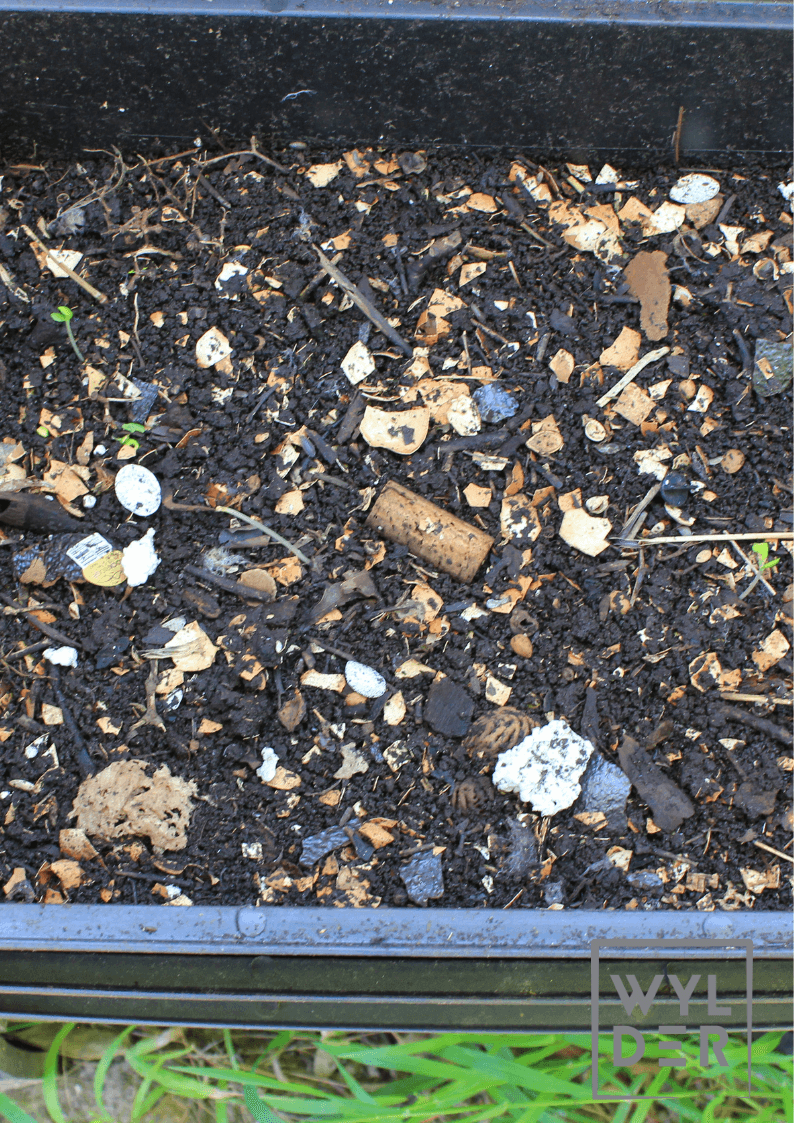
Choosing the Right Worms
Ready to dive into vermiculture? First things first: choosing the right worms!
You don't want just any old worms; you need the rock stars of the worm world – red wigglers. These guys are the MVPs when it comes to composting, turning your organic waste into garden gold faster than you can say "worm casting."
Red wigglers thrive in decomposing environments and work tirelessly to break down your kitchen scraps and yard waste. So, get yourself a batch of these little wonders, and watch how they transform your composting game and elevate your garden to heavenly heights!
Building Your Worm Bin
Next up, your worm bin! Think of it as an apartment complex for your worms – cozy, functional, and just the right environment for your little tenants to work their magic. You can buy a ready-made worm bin or DIY one with plastic bins, just ensure it has good ventilation and drainage.
Line the bin with dampened newspaper or cardboard, and add a handful of soil to get things started. Welcome your worms to their new home by gradually feeding them your kitchen scraps, avoiding anything too citrusy or fatty.
Before you know it, you'll have a bustling worm community hard at work!
Feeding Your Worms
Feeding your worms is a bit like crafting the ultimate smoothie – you need the right mix of ingredients for the best results. Worms love fruit and veggie scraps, coffee grounds, tea bags, crushed eggshells, and even shredded paper. Just keep it balanced and chop things up a bit to help them break it down faster. Remember, happy worms are productive worms, so keep their diet varied and their bin free of mould and pests.
Harvesting Worm Castings
Once your worm colony is thriving, it's time to reap the rewards. Harvesting worm castings is like striking gold. Every few months, you can collect the rich, black castings from the bottom of your worm bin. Gently separate the worms and add the castings to your garden soil. This nutrient-dense compost will supercharge your plants, giving them the boost they need to grow stronger and healthier.
Maintaining Your Worm Bin
Finally, maintaining your worm bin is crucial to keeping things running smoothly. Regularly check the moisture level; it should be as damp as a wrung-out sponge. If it’s too dry, add some water. If it’s too wet, toss in some shredded newspaper. Keep the temperature comfortable—no extreme heats or chilling colds.
Regularly rotate the food source to prevent mould and ensure your worms are well-fed and happy.
Now, you're all set to embark on your vermiculture adventure. With the right worms, a cozy bin, a balanced diet, and a little maintenance, you'll be on your way to transforming waste into planting perfection. Happy composting!
Recommended Species
For those new to vermiculture, red wigglers (Eisenia fetida) are the ideal choice. These worms are efficient and adaptable, thriving in a variety of conditions. They can consume half their body weight in organic material daily, making them perfect for composting.
Benefits of Vermicomposting
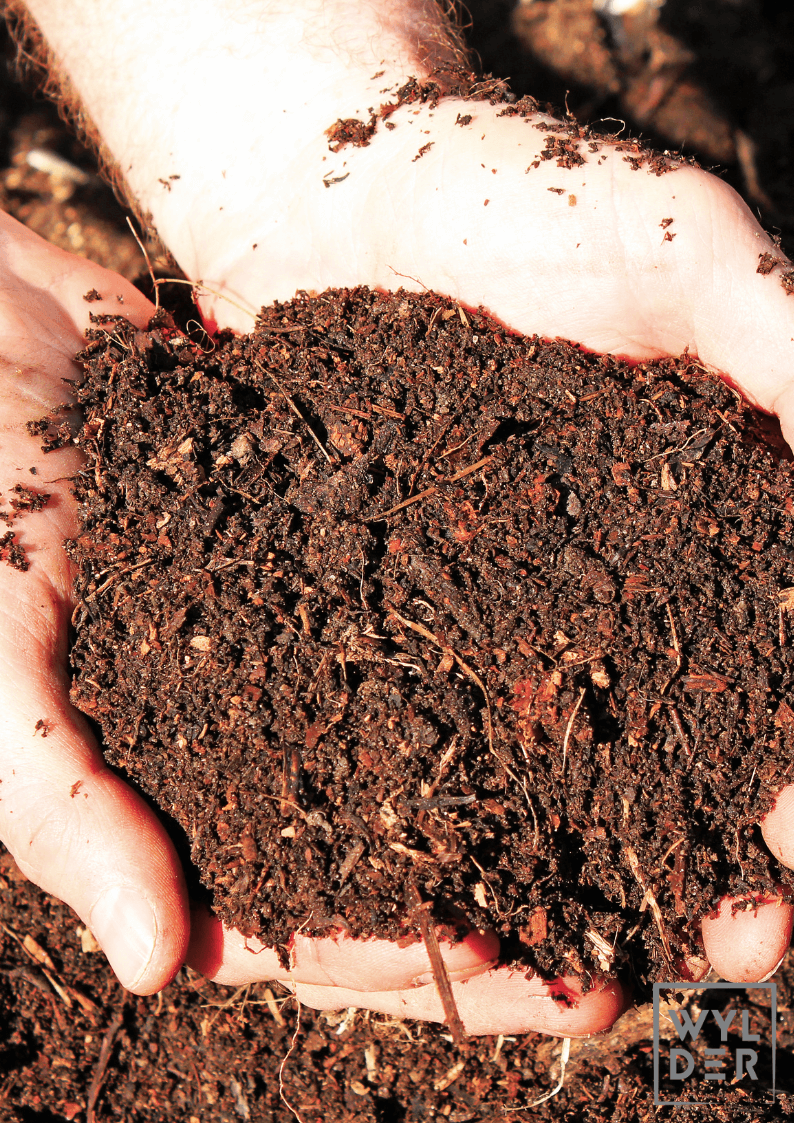
Vermicomposting isn't just a trend; it's a gardening revolution. By letting worms do what they do best, you're turning your garden into a powerhouse of natural, eco-friendly growth.
Let's break it down: vermicomposting boosts soil fertility, meaning your plants get the rich nutrients they crave. That's right, healthier soil equals healthier plants. Plus, it's sustainable and cuts back on waste—so you're doing not just your garden a favor, but the planet too.
Imagine fewer trips to the landfill and more fresh veggies on your plate. Worm castings also improve soil structure, promoting better water retention and aeration. So, whether you're a seasoned gardener or just getting started, vermicomposting is your secret ingredient for a lush, thriving garden. It's like having a tiny army of eco-warriors working day and night to make your garden dreams come true.
Ready to join the green-thumb club? Dive into vermicomposting and watch your garden transform!
Personal Experience: My Vermiculture Journey
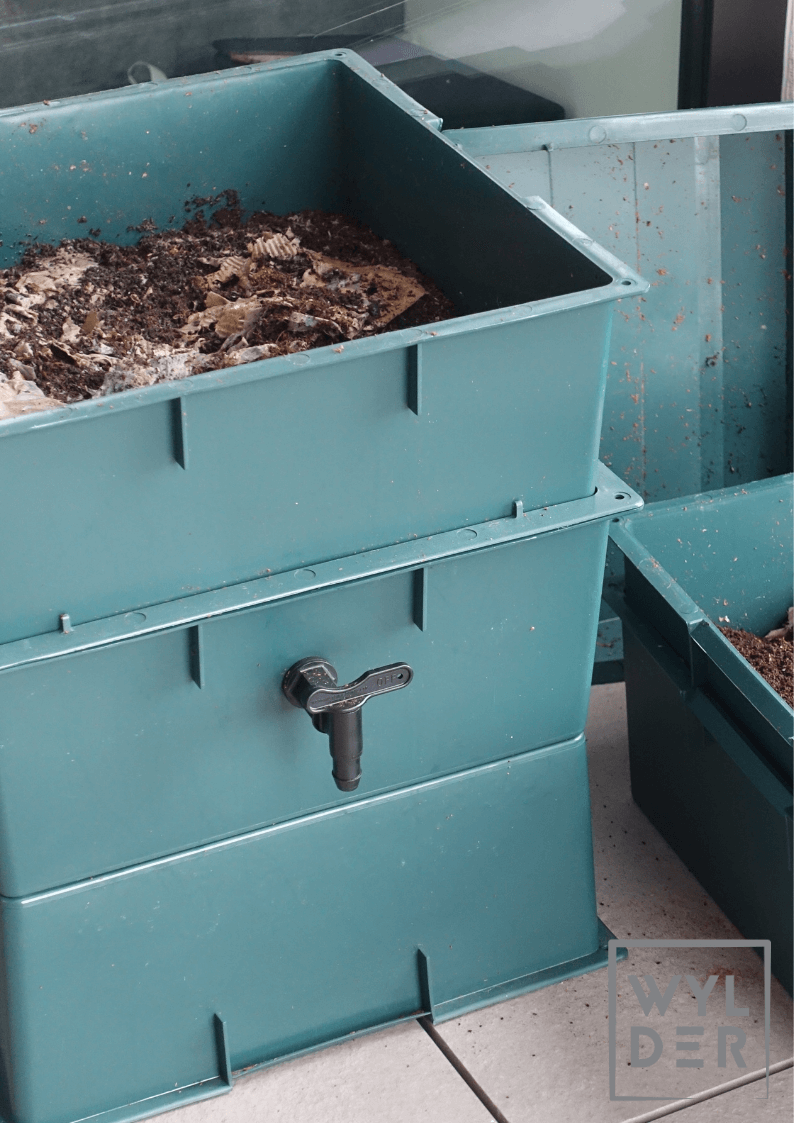
Initial Curiosity
My interest in vermiculture began with a desire to reduce kitchen waste and improve my garden's soil health. I quickly discovered the numerous benefits of vermicomposting and decided to give it a try.
Experience Overview
Setting up my first worm bin was a learning experience. From choosing the right worms to maintaining the bin, each step taught me valuable lessons about sustainable gardening. Over time, I noticed a significant improvement in my garden's productivity and soil quality.
Tips for Successful Vermiculture
Monitor Moisture Levels
Alright, let's talk about one of the golden rules of vermiculture: moisture levels. Think of your worm bin’s moisture like the moisture in a perfect brownie—it should be just right. Aim for a consistency like a damp sponge; too dry, and your worms will struggle, too wet, and you could end up with a soggy mess. Keep an eye on this: add water if it feels parched, or toss in shredded newspaper if it’s feeling swampy. You'll be amazed at how this small tweak keeps your worm bin humming along smoothly.
My tip? Check in weekly—your worms will thank you, and so will your garden!
Best Practices
Keeping the bedding moist but not soggy is crucial for worm health. Regularly check the moisture levels and add water or dry bedding as needed to maintain the right balance.
Feeding Strategies
Feeding your worms doesn't have to be complicated, but finding the right balance is key. Think of it like creating the perfect diet for your little green-thumbed helpers.
Overfeeding can lead to bad odors, pests, and a less efficient worm bin. To avoid this, start with small amounts of food, and gradually increase as your worm population grows. Spread the food evenly across the bedding to encourage even decomposition and prevent clumping.
Aim for a mix of fruit and veggie scraps, coffee grounds, and eggshells. Don't forget to steer clear of citrus, meat, and dairy—they're a no-go for your worm bin. Consistency is your friend here. A little bit of food every few days will go a long way to keep your worms happy and productive. Trust me, a balanced worm diet means richer compost for your garden.
Understanding Your Worms’ Needs
Getting to know your worms is the secret to a thriving worm bin. Imagine them as your tiny, wiggly staff, each with their own needs and preferences. They love a cozy, damp environment, munching on a balanced diet of kitchen scraps without any junk food like citrus or meat. If you keep their home at the right moisture level—kind of like a damp sponge—they'll be happy and productive.
Remember, it's all about balance: keeping their space just right, feeding them regularly, and avoiding anything that might make their environment unpleasant. By tuning into what your worms need, you’re setting the stage for richer soil, healthier plants, and a more sustainable garden.
Give your worms a little love, and they’ll reward you with a garden that thrives. Trust me, becoming a worm whisperer is easier than you think, and it's totally worth it for the green-thumb glory!
Recommended Reading
Books on Vermiculture
For those looking to deepen their knowledge of vermiculture, the following books are excellent resources:
- “Worms Eat My Garbage” by Mary Appelhof: A comprehensive guide to vermicomposting for beginners.
- “The Worm Farmer’s Handbook” by Rhonda Sherman: An in-depth look at large-scale vermicomposting practices.
- “Vermiculture Technology: Earthworms, Organic Wastes, and Environmental Management” by Clive A. Edwards: A detailed exploration of vermiculture science and applications.
In Closing
Vermiculture isn’t just a gardening technique—it’s an invitation to revolutionize how we think about waste and soil health. By adding a worm bin to your routine, you’re not just recycling, you’re creating a green sanctuary right in your backyard. It’s like turning your kitchen scraps into black gold for your plants!
Vermicomposting is for everyone, whether you’ve got an expansive garden or just a few pots on your balcony. It's all about taking small, consistent steps towards a healthier, more vibrant garden.
Grab your worm bin and get ready to experience the magic of nature's recyclers. Trust me, your garden and the planet will thank you.
Happy composting, and may your garden be ever bountiful!


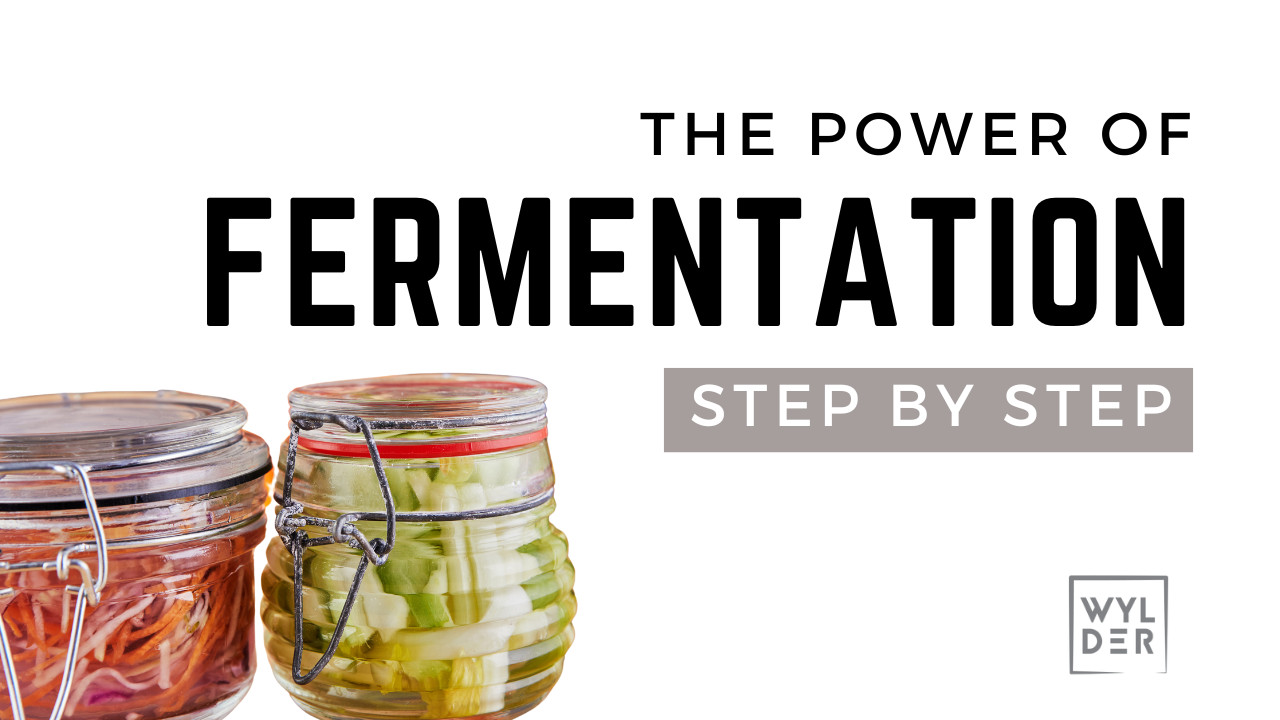
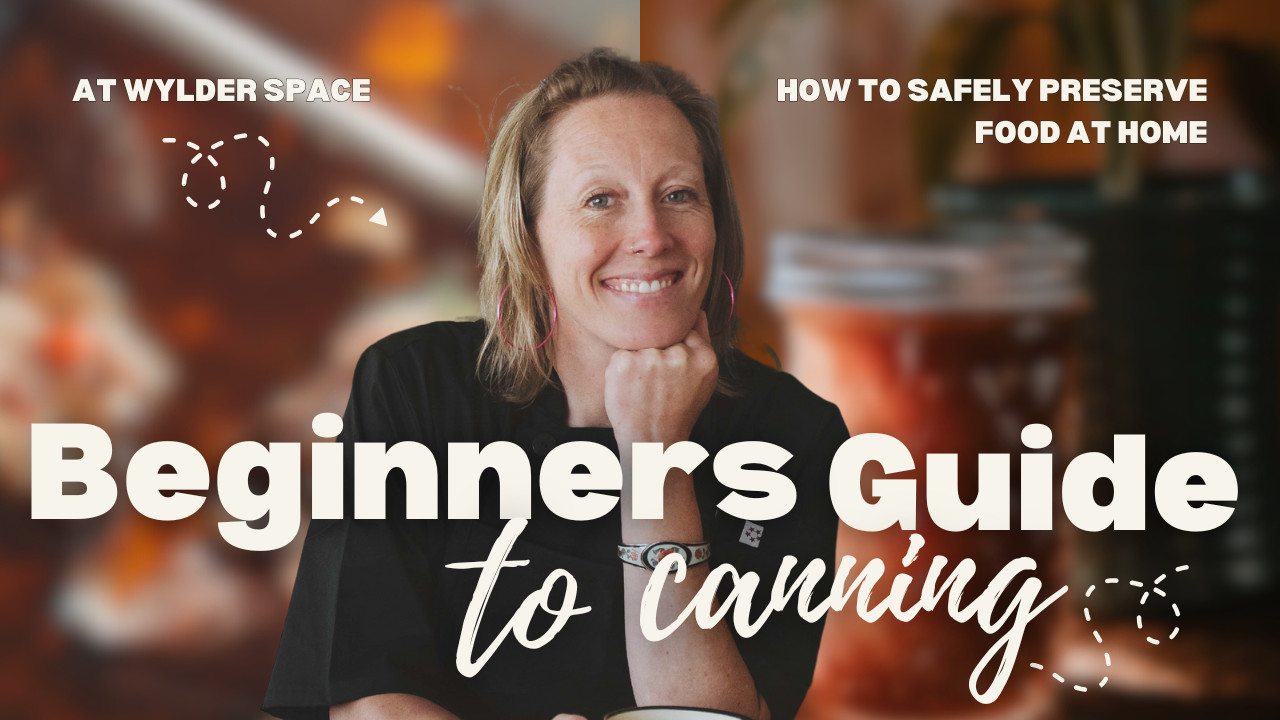



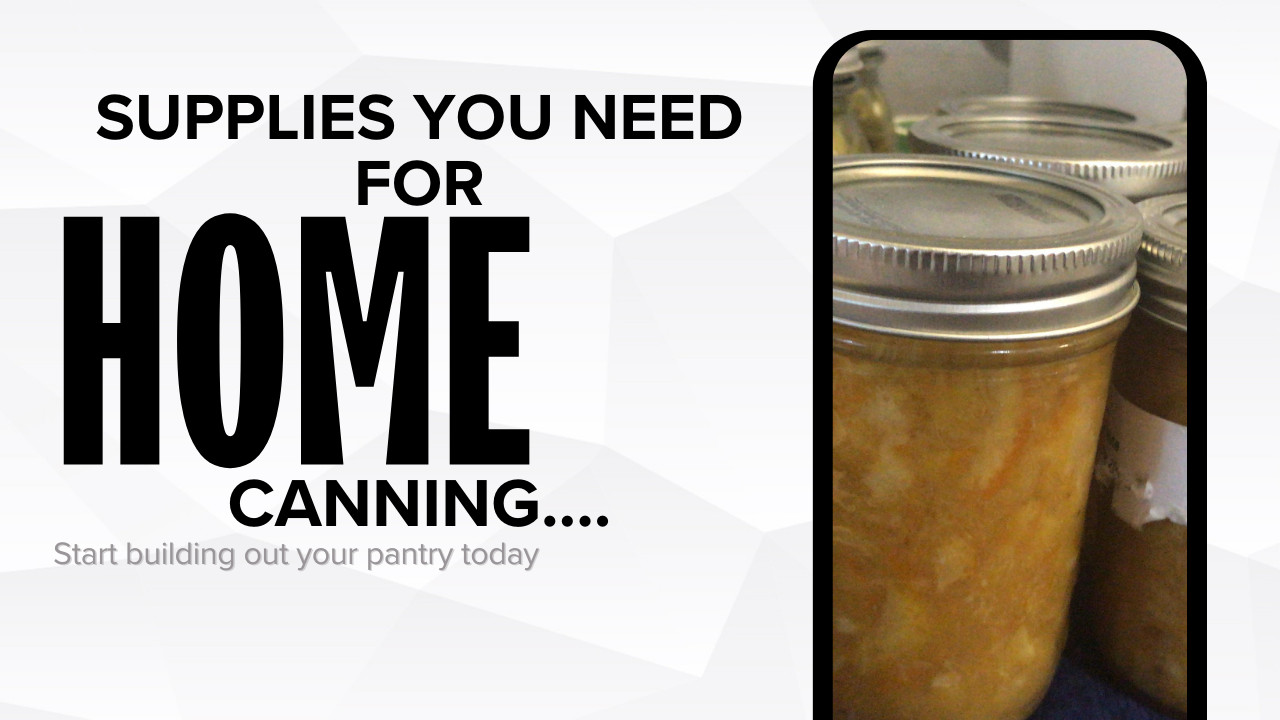



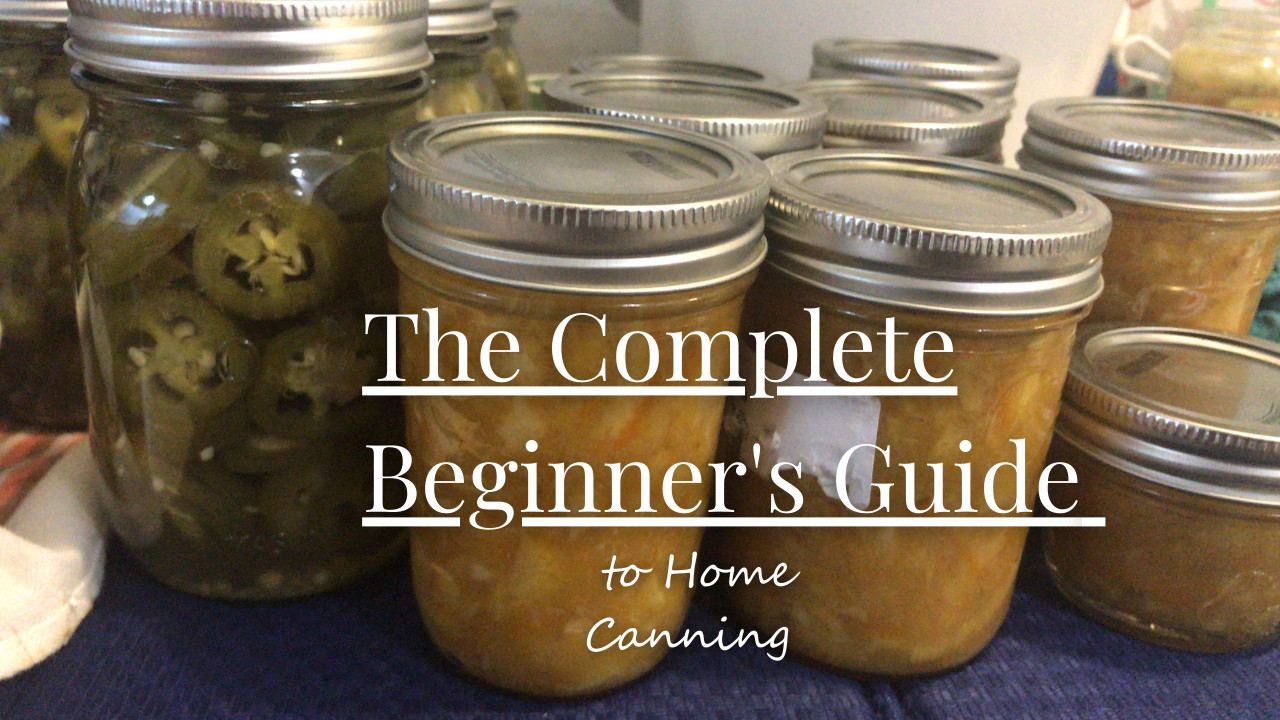
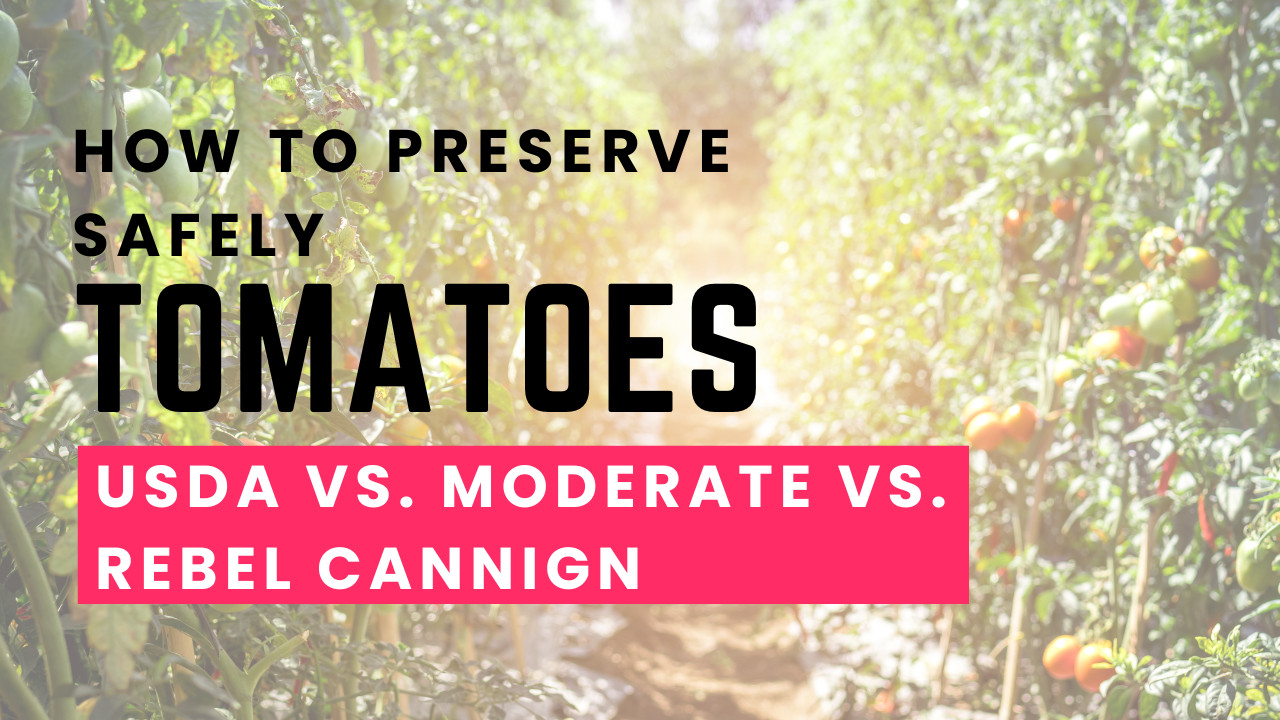
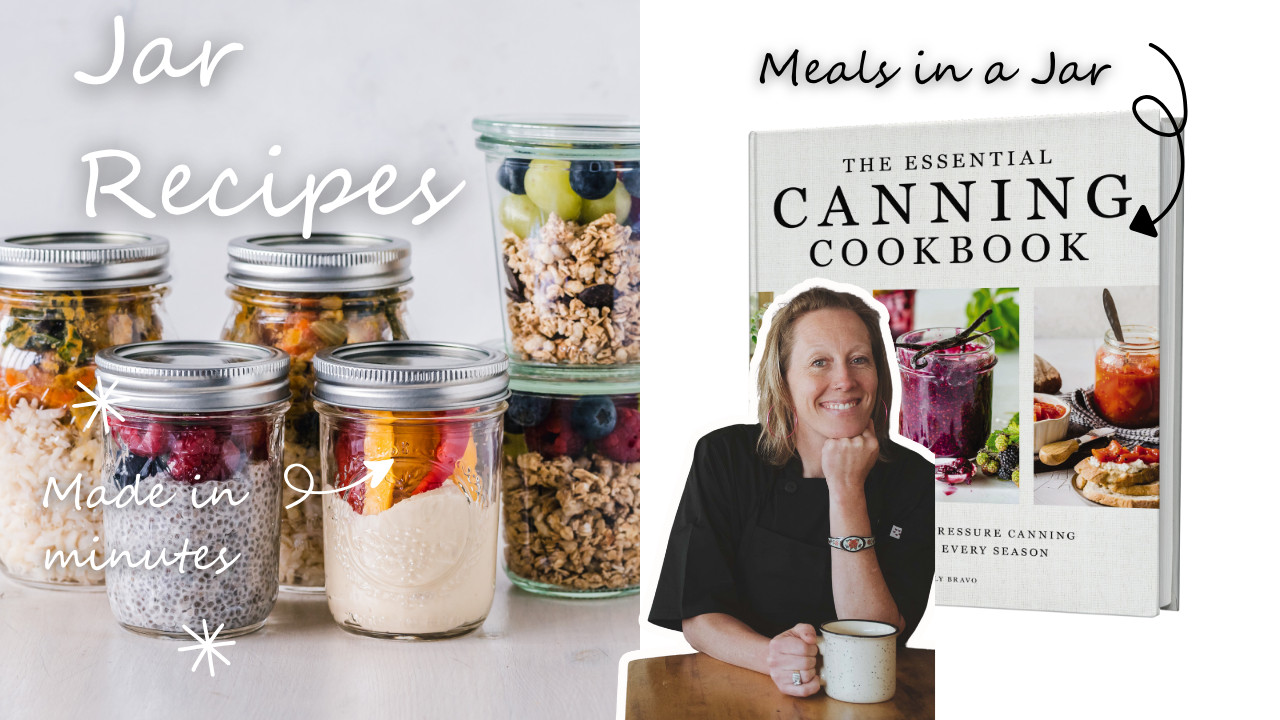
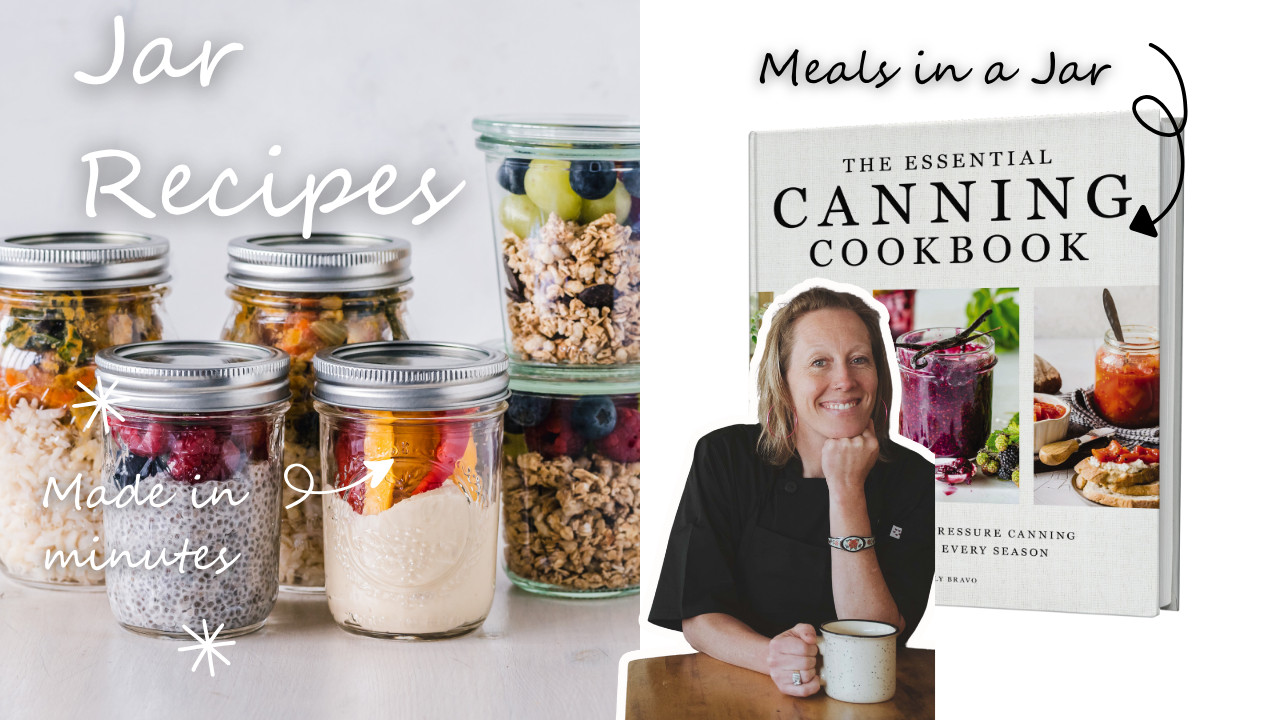

0 Comments